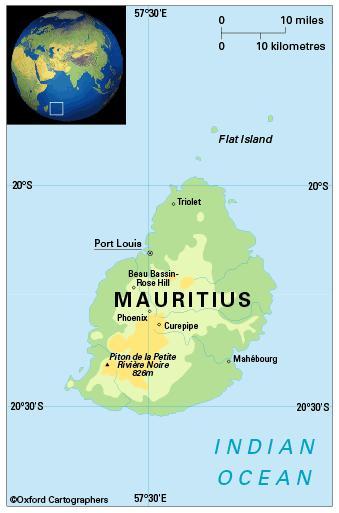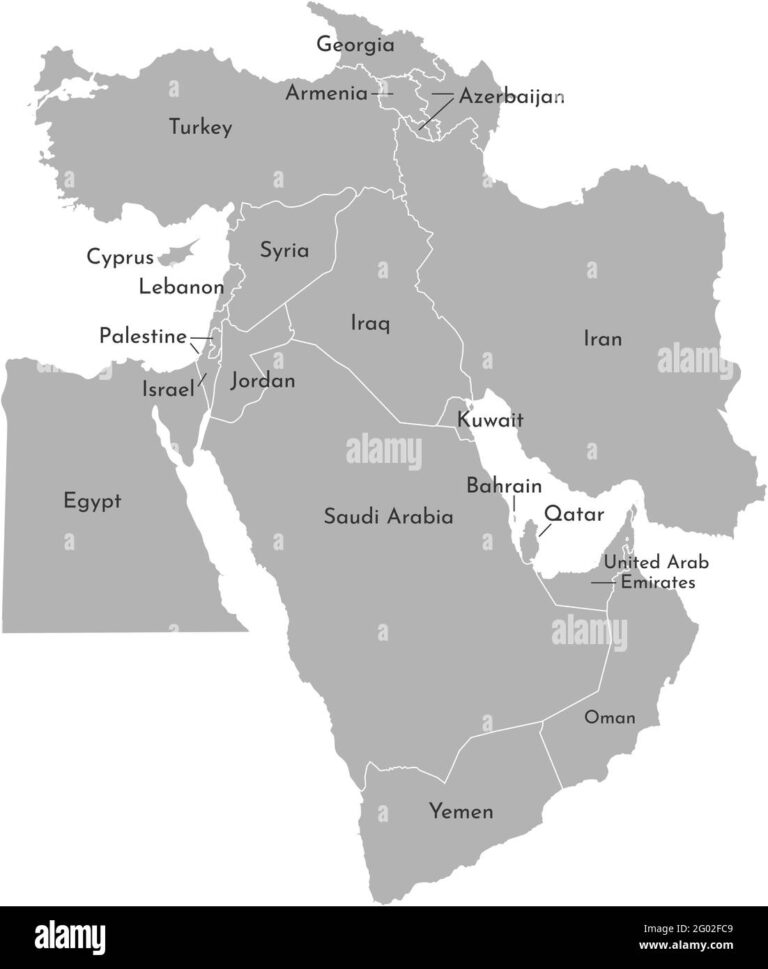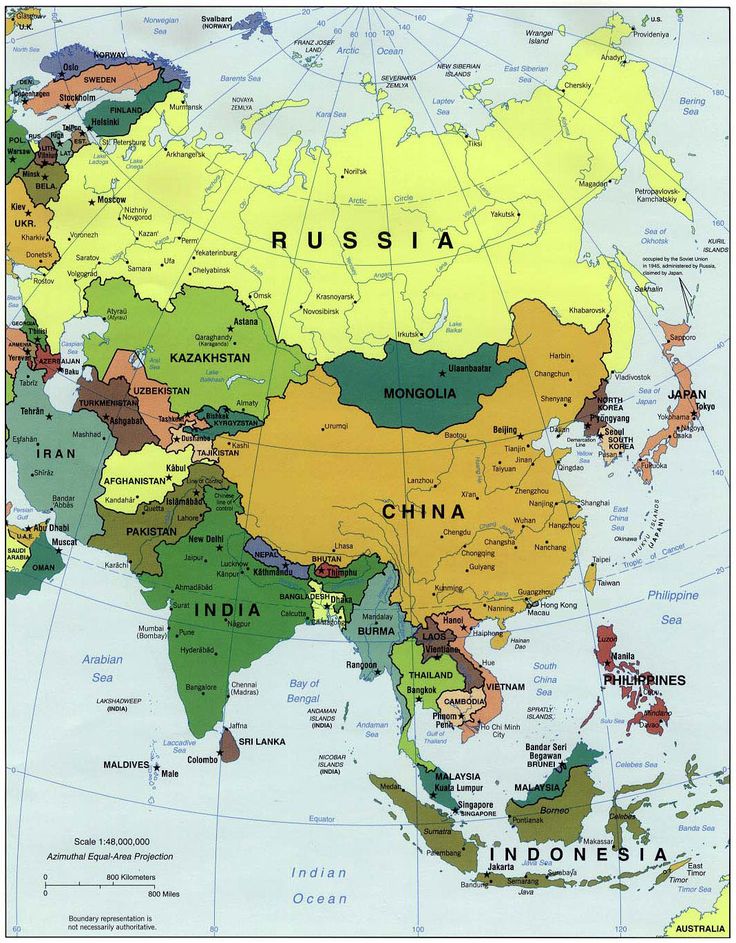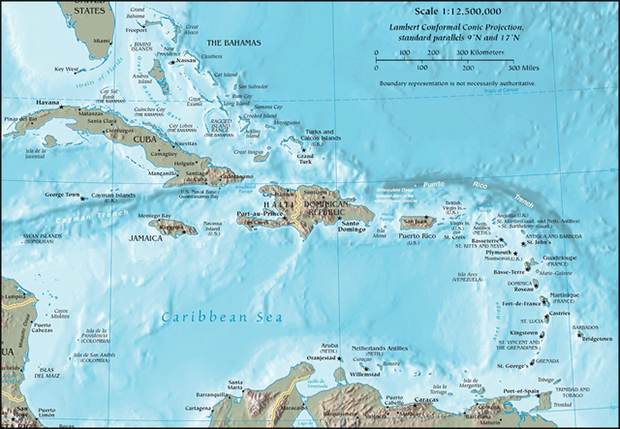Laos Neighbouring Countries and Southeast Asian Borders
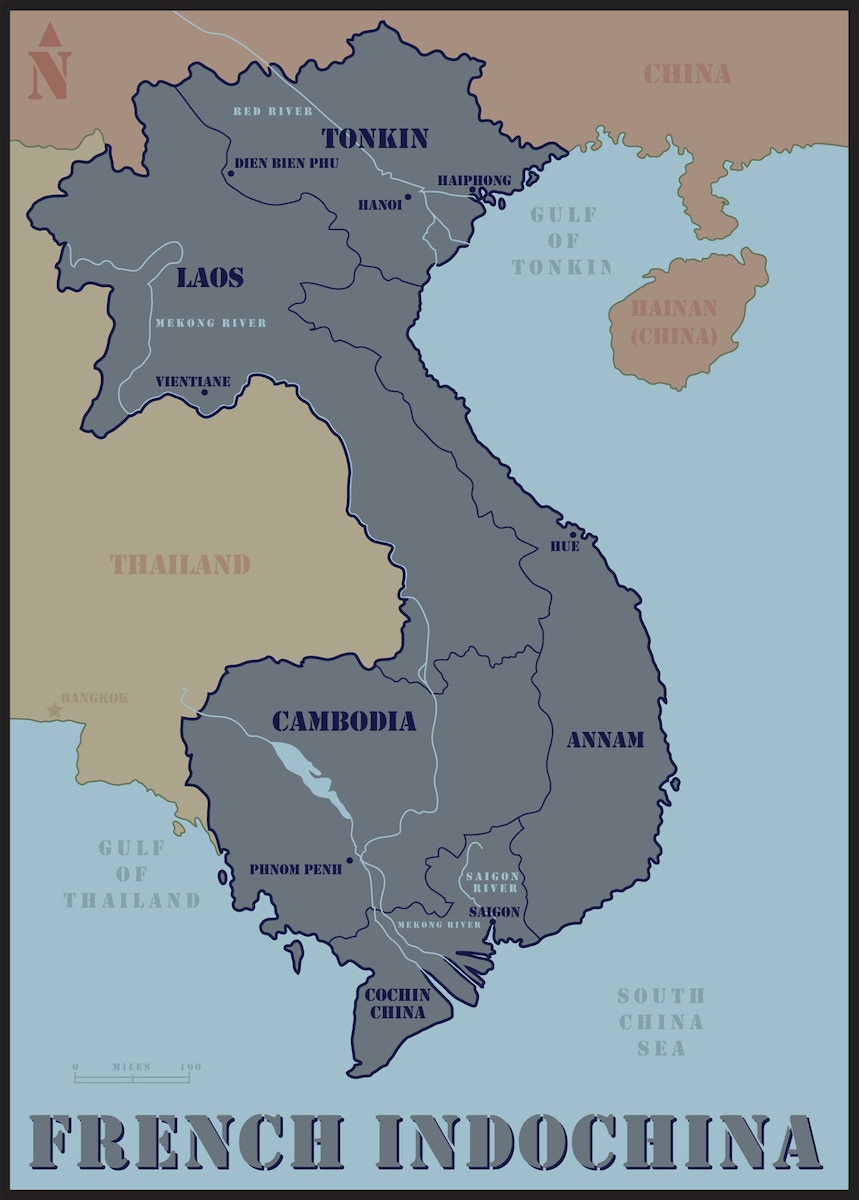
Laos’ Neighboring Border States
Laos sits snugly in Southeast Asia, surrounded on all sides by Vietnam, Thailand, Cambodia, China, and Myanmar. This bunch of neighbors offers a mix of geography, economy, and politics with Laos right in the heart of it all.
Vietnam, Thailand, Cambodia
Laos rubs shoulders with Vietnam, Thailand, and Cambodia quite a bit. The big daddy of rivers, the Mekong, plays a key role here, winding its way through all three countries and sparking a whole bunch of chatter about the environment and money matters.
Vietnam
- Border Length: About 2,130 km
- Shared River: Mekong
Thailand
- Border Length: 1,810 km
- Borders via: Mekong (955 km) and Hueang (153 km)
- Land Length: 702 km with most of it sorted out by 2022 (Wikipedia)
Cambodia
- Border Length: Roughly 541 km
- Shared River: Mekong
Laos and its Mekong-side antics, like building dams, have been a hot topic — raising eyebrows (and concerns) about water flow and general eco-health (BBC News).
China, Myanmar
Up north, Laos pals around with China and Myanmar. These stretches are filled with mountains and thick forests, making it a bit tough to zip around.
China
- Border Length: About 475 km
- Big Deal: It’s mountain country
Myanmar
- Border Length: About 235 km
- Key Zone: Filled with forested hills
Challenges and Concerns
What’s tough when you’re Laos? Here’s a peek:
- Eco Issues: Those dams on the Mekong have their neighbors worried. They’re fretting over new patterns in the water, sediment flow, and the whole ecosystem shindig.
- Getting Around: With the towering mountains and deep forests, building roads and whatnot can be a real pain (National Geographic Kids).
- Borders on the Map: Mapping out the land borders, especially with Thailand, is still a work in progress (Wikipedia).
Laos dreams of shaking off its “landlocked” status, morphing into a “land-linked” hub. This vision involves ramping up trade and investment and becoming the cool connector for bustling regional markets (International Trade Centre).
For all the deets on border pals of other countries, check these out:
- Ecuador’s next-door buddies
- Egypt’s hood
- Eswatini’s corner of the Earth
- Ethiopia’s neck of the woods
The Impact of Geography
Geography is like the secret recipe that spices up the way Laos interacts with its next-door neighbors. Rivers, big ol’ plateaus, and transportation paths have a say in everything from Laos’ money matters to its political handshake deals.
Mekong and Hueang Rivers
Have you met the Mekong River? It’s Laos’ star player—flowing right through, handing out resources like Santa on a sleigh ride. It’s not just for pretty Instagram pics; it plays a massive role in regional shenanigans. It’s the main drag for travel, a power station on the water (hello, electricity!), and a thirsty farmer’s best friend. But it’s not all rainbows and butterflies. Neighbors like Vietnam, Thailand, and Cambodia get a bit grumpy about all the dams Laos builds.
| River | Length (Approx.) | Countries Shared With |
|---|---|---|
| Mekong | 2,600 miles (4,180 kilometers) | Vietnam, Thailand, Cambodia, China |
| Hueang | 204 miles (329 kilometers) | Thailand |
The Mekong isn’t just crucial because it keeps Laos fed and watered. It’s a diplomatic influencer too, shaking hands across borders with its watery charm (National Geographic Kids).
Plateaus and Forests
Laos isn’t short on natural showstoppers. The country boasts lush forests and plateaus that stretch to the horizon. The big three—Xiangkhiang, Khammouan, and Bolovens—are real MVPs in Laos’ agriculture game. The Bolovens Plateau sits near Cambodia and is famous for its rich soils. Imagine fields of coffee, tea, rice, strawberries, and pineapples waving hello in the breeze.
| Plateau | Crops Cultivated |
|---|---|
| Xiangkhiang | Various staple crops |
| Khammouan | Staple crops |
| Bolovens | Coffee, tea, rice, strawberries, pineapples |
These plateaus are like fertile gold mines for Laos, helping grow an economy that gets a thumbs-up from trade pals over the border.
Transportation
Getting around Laos can be like trying to solve a jigsaw puzzle with missing pieces. The countryside is wild and unruly, making transportation a bit of a head-scratcher. The government doesn’t have a handle on every nook and cranny, which lets some renegades claim remote patches of land (The Cove – Australian Army).
Roads and railways here are kind of like a teenager’s messy room—everything’s there but hard to make sense of. This makes it tough for Laos to hustle goods and folks around. But thanks to its prime location in Southeast Asia, Laos has the golden ticket to revamp its transport system and buddy up for regional trade.
Investing in snazzy networks could be the handshake that solidifies friendships with neighboring folks, propelling Laos’ economic escapades to greater heights.
For more scoop on all the diplomatic and economic twists and turns Laos shares with its neighbors, swing by Laos’ neighboring border states.
Political and Economic Relations
Peek into the cross-border friendships of Laos and the neighboring big players like China, Vietnam, and Thailand. They share a mix of political and economic ties that shape their entire region. Let’s see what’s happening in the neighborhood.
Laos and China
Laos and China are thick as thieves, marking their bond through bustling trade and capital support. China’s dollars, or rather renminbi, are making waves in Laos, especially in infrastructure. Their star project? The Lao-China Railway, linking these nations hand in glove and boosting both their economies. Laos enjoys China’s backing across energy, mining, and agriculture sectors, giving a thumbs-up to growth.
| Aspect | Details |
|---|---|
| Major Projects | Lao-China Railway |
| Investments | Energy, Mining, Agriculture |
| Trade Volume | Up-and-coming thanks to cozy deals |
Check out: guyana neighboring countries, haiti neighbors
Laos and Vietnam
Laos and Vietnam are BFFs, their history deep-rooted and their ambitions forward-looking. They swap goods, but Vietnam is the key player, scooping up Laos’ agricultural goodies and investing in development. The iconic Mekong River isn’t just a divider; it’s a bridge where both nations bond over environmental efforts.
| Aspect | Details |
|---|---|
| Trade Focus | Agricultural Wins, Development Love |
| Shared Resources | The grand Mekong, Conservation Plans |
See also: ecuador’s neighbors, egypt’s border buddies
Laos and Thailand
Laos and Thailand? Think peas in a pod. Sharing history and culture, they’re glued by trade and family-like neighborliness. Laos sells a lot—like electricity from its waters—and mugs of sticky rice to Thailand. On a lighter note, Laotians and Thais love hopping over each other’s provinces for fun, making tourism a two-way street. Not all’s rosy—Thailand’s eyeing Laos’ dams on the Mekong with some doubts. Yet, despite the storms, economic teamwork stays solid.
| Aspect | Details |
|---|---|
| Major Exports | Electricity, Farm Stuff |
| Key Issues | Concerns over Dam Doings |
| Tourism | Go-to Nations for Fun Escapades |
Read more: neighbors of El Salvador, Equatorial Guinea’s sidekicks
These ties are a ticket for Laos to go from boxed-in to breakthrough, hitching rides on nearby market waves to ramp up exports, rake in outside cash, and magnetize tourists. Grasping these lively ties is the trick to getting Laos’ place in the grand scheme.
Economic Prospects
Trade and Investment
In a savvy move, Laos has repositioned itself from being “landlocked” to “land-linked,” making the most of its place on the map by plugging into the economies nearby. This shift has given its economy a nice boost through rising exports, an influx of foreign investments, and a bustling tourism scene. With locations like China, Thailand, and Vietnam just next door, Laos is stepping up its game in trade relations.
| Economic Indicator | Value |
|---|---|
| Foreign Direct Investment (FDI) Growth | 12% |
| Export Growth | 20% |
| Tourism Revenue Increase | 15% |
Catch more details in our write-up on economic prospects in neighboring countries.
Industrialization Efforts
Moving beyond just shipping out raw materials, Laos is pushing for industrialization—making products right at home from its stock of natural goodies like mineral ore and wood. They’re aiming to turn raw stuff into more valuable items through local industries while also feeding industries in neighboring lands. For instance, in tackling the timber issue, Laos wants to build its wood-processing industry rather than just send logs abroad. But they’re facing hurdles like too few raw materials, too many sawmills with not enough work, and a lack of funds and skilled workers.
Natural Resource Management
Laos keeps a close eye on its precious forests and minerals. Here’s what they’re working with:
| Resource | Export Value (Million USD) | Key Export Markets |
|---|---|---|
| Timber | 300 | China, Vietnam |
| Mineral Ore | 500 | Thailand, China |
Deciding whether to process timber locally or keep existing export channels is quite the debate. Each option comes with its own set of obstacles, like finding markets, securing funds, and training a skilled workforce.
Laos is cleverly juggling its location benefits, natural resource management, and industrial growth to set itself up for a sustainable economic path. For more on how other countries manage their resources, check out Eritrea neighboring countries and for regional partnerships, visit China neighboring countries.
ASEAN Membership
Laos joining ASEAN is like finally joining an exclusive club where the benefits are plentiful, and everyone’s looking to get along better. This club membership has a huge impact on Laos’ business dealings and relationships with its nearby neighbors.
Integration and Cooperation
Back in ’97, Laos hopped on the ASEAN train, joining a group that’s all about getting Southeast Asian countries to work together, both politically and economically. Being part of ASEAN means Laos enjoys special agreements that tear down trade walls, help the economy grow, and keep the peace in the neighborhood. A prime example is the ASEAN Free Trade Area (AFTA), which turns the region into a single market where everyone plays nice.
Key Integration Points:
- Getting a seat at the table during ASEAN summits and ministerial gabfests
- Teaming up on keeping the region safe and sound, politically and beyond
- Jumping on board economic growth projects
Accession to WTO
Laos isn’t just sticking to the regional team; it’s also playing on the global stage. In 2013, Laos scored big by joining the World Trade Organization (WTO), marking its willingness to play by global trade rules and standards. This goal meant more than a shiny new membership badge; it opened doors to more opportunities.
Benefits of WTO Membership:
- Wider access to international markets
- Better trading opportunities and economic lift-off
- Upgraded laws and rules for smoother trade
Regional Trading Systems
Geography might have dubbed Laos a “landlocked” country, but it’s transforming into a “land-linked” hub for trade with pals like China and Thailand, thanks to its clever new strategies. Laos is all about revising its map and becoming a major player on the trade front.
Key Regional Trade Arrangements:
- ASEAN Free Trade Area (AFTA): This deal smooths the way for free trade among ASEAN buddies, slicing tariffs and boosting cooperation.
- Greater Mekong Subregion (GMS) Economic Cooperation Program: Focuses on amping up economic teamwork along the Mekong River, zeroing in on roads, rails, and commerce.
- Bilateral Trade Agreements: By shaking hands with its neighbors, Laos makes cross-border business a breeze and tightens those economic bonds.
Laos’ knack for regional trading and economics comes hand in hand with its knack for drawing foreign investment and building infrastructure. This strategy is paying off big time, making Laos an important cog in the wheels of nearby economies and focusing on exports and investment.
For a deep dive into what’s happening politically and economically in regions next door, check out articles on Dominican Republic neighboring countries and Ecuador neighboring countries.

